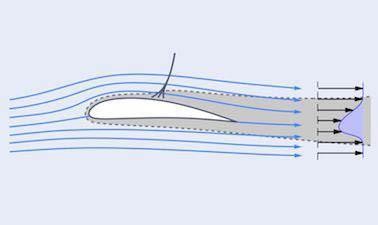What does a pilot interview include? What do you think defines a professional pilot? What kind of question can you expect during the interview?
Tag: FAA
Aviation Meteorology: Concepts and Fundamentals
Aviation meteorology is the study of weather from the unique perspective of the aviation industry. This subject began during the era of hot-air balloons and gliders. … Subjects such as high-level or “clear-air” turbulence materialized as aircraft regularly penetrated largely unexplored regions of the atmosphere.
Aspiring pilots: Aerodynamics Model Tests
Aerodynamics is the way air moves around things. The rules of aerodynamics explain how an airplane is able to fly. Anything that moves through air reacts to aerodynamics. A rocket blasting off the launch pad and a kite in the sky react to aerodynamics. Aerodynamics even acts on cars, since air flows around cars.
Radio Aids: Model Test Papers for Pilot Examinations
Radio Aids: Model Test Papers for Pilot Examinations
Radio Navigation study material for Pilots
Navigation by radio aids includes navigation mainly by reference to indications of bearing and distance indicated on VOR, DME and ADF equipment located on the aircraft. This information is derived from ground radio beacons (VOR, DME and NDBs or broadcast stations.)
Operational Procedures For Pilots: Model Test Papers
A Standard Operating Procedure provides a flight crew with a step by step guide to effectively and safely carry out operations. A particular SOP must not only achieve the task at hand but also be understood by a crew of various backgrounds and experience within the organisation.
Operational Procedures for Pilots: Study Material
A Standard Operating Procedure (SOP) provides a flight crew with a step by step guide to effectively and safely carry out operations. A particular SOP must not only achieve the task at hand but also be understood by a crew of various backgrounds and experience within the organisation.
Model Test Paper for Flight Instruments: ATPL and CPL Licence
Flight instruments are the instruments in the cockpit of an aircraft that provide the pilot with information about the flight situation of that aircraft, such as altitude, airspeed and direction. They improve safety by allowing the pilot to fly the aircraft in level flight, and make turns, without a reference outside the aircraft such as the horizon.
Flight Planning and Monitoring for Pilots: Model Test Papers
Flight planning is the process of producing a flight plan to describe a proposed aircraft flight. It involves two safety-critical aspects: fuel calculation, to ensure that the aircraft can safely reach the destination, and compliance with air traffic control requirements, to minimise the risk of midair collision. In addition, flight planners normally wish to minimise flight cost through the appropriate choice of route, height, and speed, and by loading the minimum necessary fuel on board.
Flight Planning and Monitoring for Pilots: Study Material
Flight planning is the process of producing a flight plan to describe a proposed aircraft flight. It involves two safety-critical aspects: fuel calculation, to ensure that the aircraft can safely reach the destination, and compliance with air traffic control requirements, to minimise the risk of midair collision. In addition, flight planners normally wish to minimise flight cost through the appropriate choice of route, height, and speed, and by loading the minimum necessary fuel on board.





